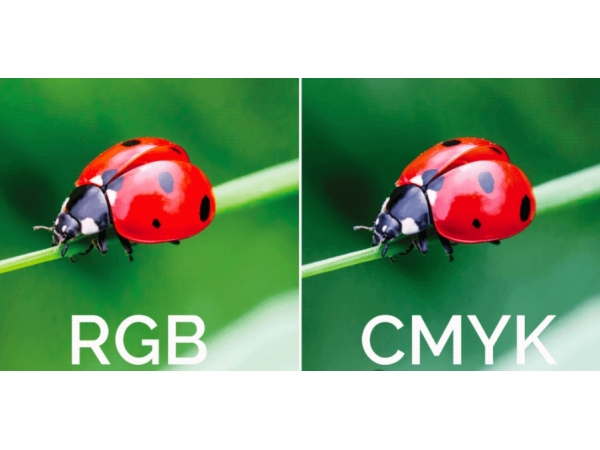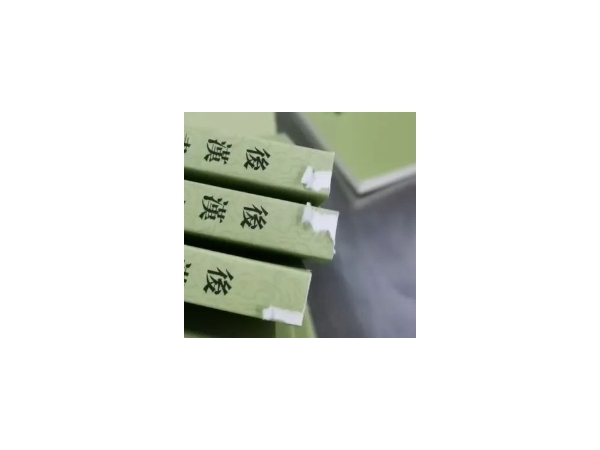-
Characteristics and Uses of Matte Paper
Characteristics and Uses of Matte Paper
See More
-
The World‘s Most Beautiful Books 2024 has been announced?
The World‘s Most Beautiful Books 2024 has been announced
See More
-
Why Copperplate is Preferred for Most Book Printing
In this article, we will give you a comprehensive understanding of the characteristics, types and applications of coated paper.
See More
-
How to choose printing paper?
A few indicators of importance in selecting printing paper
See More
-
Ways of varnish printing?
Learn together about several different ways to varnish prints
See More
-
What is the difference between full and partial print varnishing?
the difference between full and partial print varnishing
See More
-
What paper is suitable for concave convex processing?
Understanding Paper Suitable for Concave and Convex Processing
See More
-
Details of embossing and debossing
Details of embossing and debossing
See More
-
What are the functions of embossing and debossing strokes in printed materials?
The application of embossing and debossing in printed materials
See More
-
Is genuine gold used for hot stamping?
Learn the development of hot stamping technology together
See More
-
What is the book brushing process?
Introduction to book edge brushing technology
See More
-
Revealing: Why the color actual printing different from computer screens?!
Revealing the color actual printing different from computer screens
See More
-
Printing process of lamination/hot stamping/laser!
introduce printing process of lamination/hot stamping/laser!
See More
-
Do books need to be sealed?
Introduce the types and functions of book plastic packaging
See More
-
What is a promotional brochure?
introduce promotional brochure
See More
-
What paper is usually used for printing calendars?
The commonly used paper types for printing desk calendars
See More
-
What are the specifications and styles of the desk calendar?
the specifications and styles of the desk calendar
See More
-
What are the main components of a desk calendar?
Introduce the components of a desk calendar
See More












